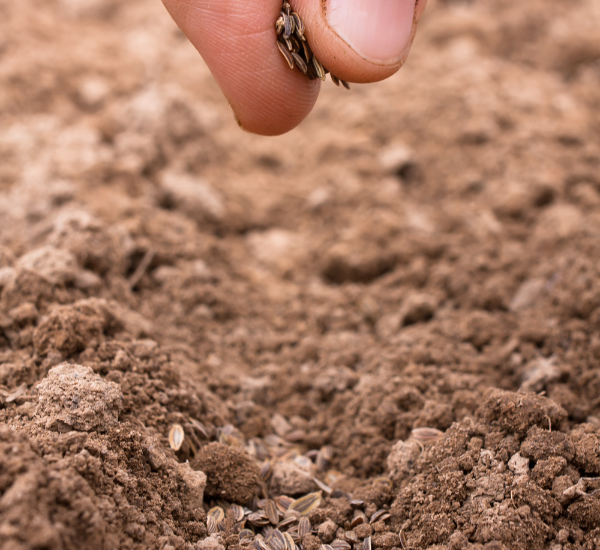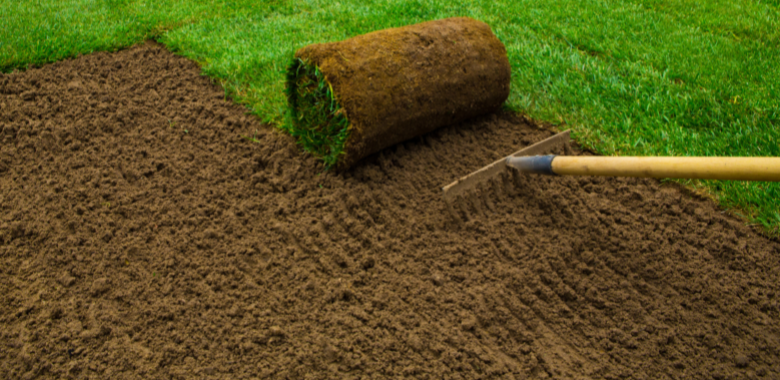When establishing turf, there is always the dilemma between seeding and sodding. Whether you are renovating your course or starting from scratch, establishing golf course turf can be a pivotal moment for your playing conditions. Techniques like seedings, sodding, or even sprigging are the most popular options for establishing golf course turf, but how do you know which is right for you?
What are Seeding and Sodding?
Seeding is when golf course grass is established by starting simply with, you guessed it, seeds. Seeding can be very cost-efficient and allows you to choose from more varieties of grass. But it has its drawbacks. Starting from the beginning like this can take a lot of time, which is why some people prefer the sodding method.
Seeding
Advantages
-
A wide range of grass varieties and species is available to choose from
-
It is a cost-effective method compared to sodding
-
The root system is sturdy
-
The layering of soil types is not required and does not cause any rooting problems
Disadvantages
-
The initial establishment takes a longer time
-
The seeding time is limited to early fall and late summer
-
The young seedlings are critical to moisture
-
The establishment time is nearly a complete season
-
The grass is prone to weeds
Sodding
Sodding is the transplantation of mature, healthy grass onto the course. This can be a popular option since the grass has already been cultivated and can simply be installed. Both methods are unique and have their advantages and disadvantages.
Sodding is of late gaining popularity as even the thought of sodding an entire golf course was out of the question back then.
Advantages
-
The grass establishment is rapid
-
The entire establishment is weed-free in the initial stages
-
It works best for erosion-prone lands and slopes
-
It can be established any time throughout the growing season
-
It is an ‘Instant Lawn’
Disadvantages
-
Minimal choices of grass species to select
-
It is a costly method
-
It requires intensive labor for laying
-
Rooting issues might occur if there are soil layer issues
What is Sprigging?
Sprigging is yet another technique for establishing turfgrass. As most warm-season grasses don’t produce seeds, you are left with only two options if you want to use them on the golf course. One is sodding, and the other is sprigging.
Now, these sprigs are small plant parts that contain stolons or rhizomes. When tearing the turf into plant parts, these sprigs are produced, which are then kept under controlled conditions until the site’s laying is done. Protecting and nurturing the sprigs is a critical and tedious step. Next is planting the sprigs. Once they are planted, new nodes grow by producing shoots and roots. This eventually matures and becomes sturdy golf course turfgrass.
How Can Professionals Help?
Through this article, we have listed out and explained all the three methods of turfgrass establishment. But irrespective of any method you choose for your golf course, proper, establishing material, selecting the material, perfect way of carrying out the process, golf course maintenance and care make the grass establishment successful.
This article may give you a good idea of how seeding, sodding, and sprigging work, but putting this into practice is a whole different ballgame (pun intended). Golf course professionals are experienced with all of the above methods and will be able to help you select the right practice, follow through with the establishment, and maintain the turf afterward. To gain access to a network of certified and licensed golf professionals, visit: DTE Golf®





